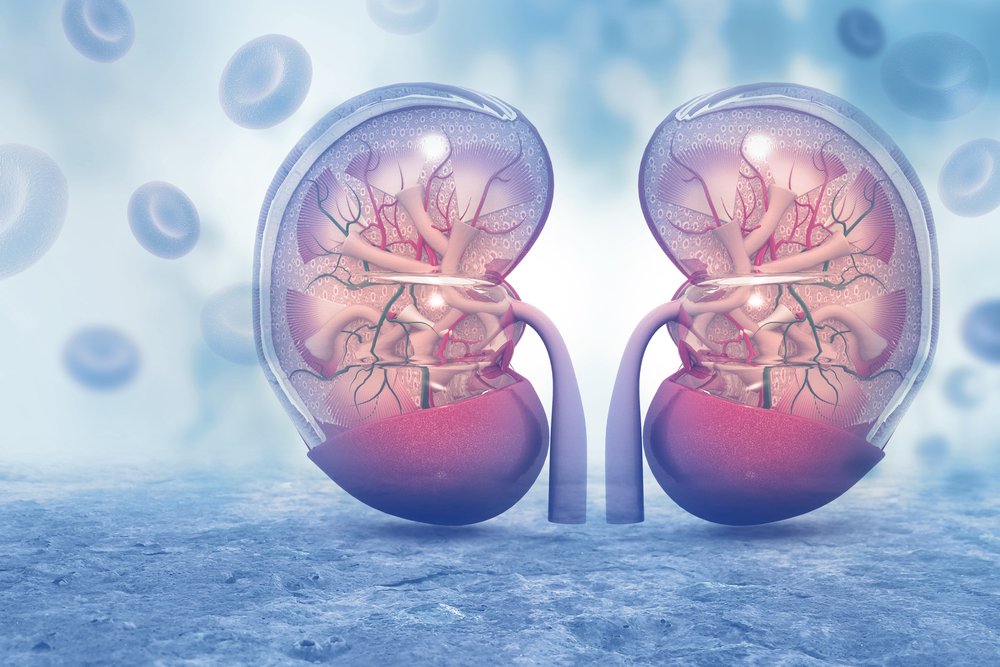Researchers Identify Potential New Target for Treating Lupus Nephritis

Researchers identified a new player involved in the development of lupus nephritis, providing potentially new therapeutic intervention points.
The protein, iRhom2, is part of a pathway that, until now, could not be blocked due to its role in other essential functions. But targeting iRhom2 retained its healthy functions while preventing kidney damage.
The study, “iRhom2 promotes lupus nephritis through TNF-α and EGFR signaling,” was published in the Journal of Clinical Investigation.
Nearly 40-60 percent of lupus patients suffer from lupus nephritis (LN), where an inflammatory response in the kidneys results in loss of kidney function.
Studies have shown that a protein known as ADAM17 and two other proteins from the same pathway – TNF-a and heparin binding EGF (HB-EGF) – play a role in lupus nephritis. Therefore, blocking the activity of ADAM17 might seem a tempting option to use as a therapeutic intervention point.
But ADAM17 is also involved in other essential functions such as skin protection, and blocking it would severely compromise the skin and intestinal barrier.
Researchers recently found two new molecules, known as iRhom1 and iRhom2, that regulate ADAM17 and support its skin and intestinal protective role. As a result, they aimed to evaluate how iRhom2 participates in the mechanisms of kidney damage and the potential of targeting iRhom2 as a therapeutic strategy.
The researchers created mice that are prone to developing lupus nephritis (known as Fcgr2b-/- mice), which lack the iRhom2 protein.
Interestingly, they found that inactivating iRhom2 in LN-prone mice resulted in protection from kidney damage without affecting other characteristic features of autoimmunity.
In other words, the mice did not have the major renal pathology features of LN such as proteinuria (excess protein in urine), extracellular matrix deposition, and infiltration of inflammatory cells. But they still showed features of lupus, such as the presence of anti-DNA antibodies.
Additional analysis showed that iRhom2 loss protected kidneys from the deregulation of the TNF-a and HB-EGF pathways, both of which are involved in kidney damage in the LN mouse model.
Studies in patients confirmed that those with lupus nephritis had increased levels of iRhom2 and HB-EGF, suggesting that the findings in mice may also be relevant to humans.
This is “the first proof-of-concept that iRhom2 is critical for the development of LN in Fcgr2b-/- mice … and we provide evidence for increased HB-EGF expression in severe human LN,” the researchers wrote.
“These results provide the rationale for future studies of iRhom2 in human lupus patients. Blockade of iRhom2 offers a mechanism to inhibit two important mediators of renal damage and a new therapeutic approach to LN.”






